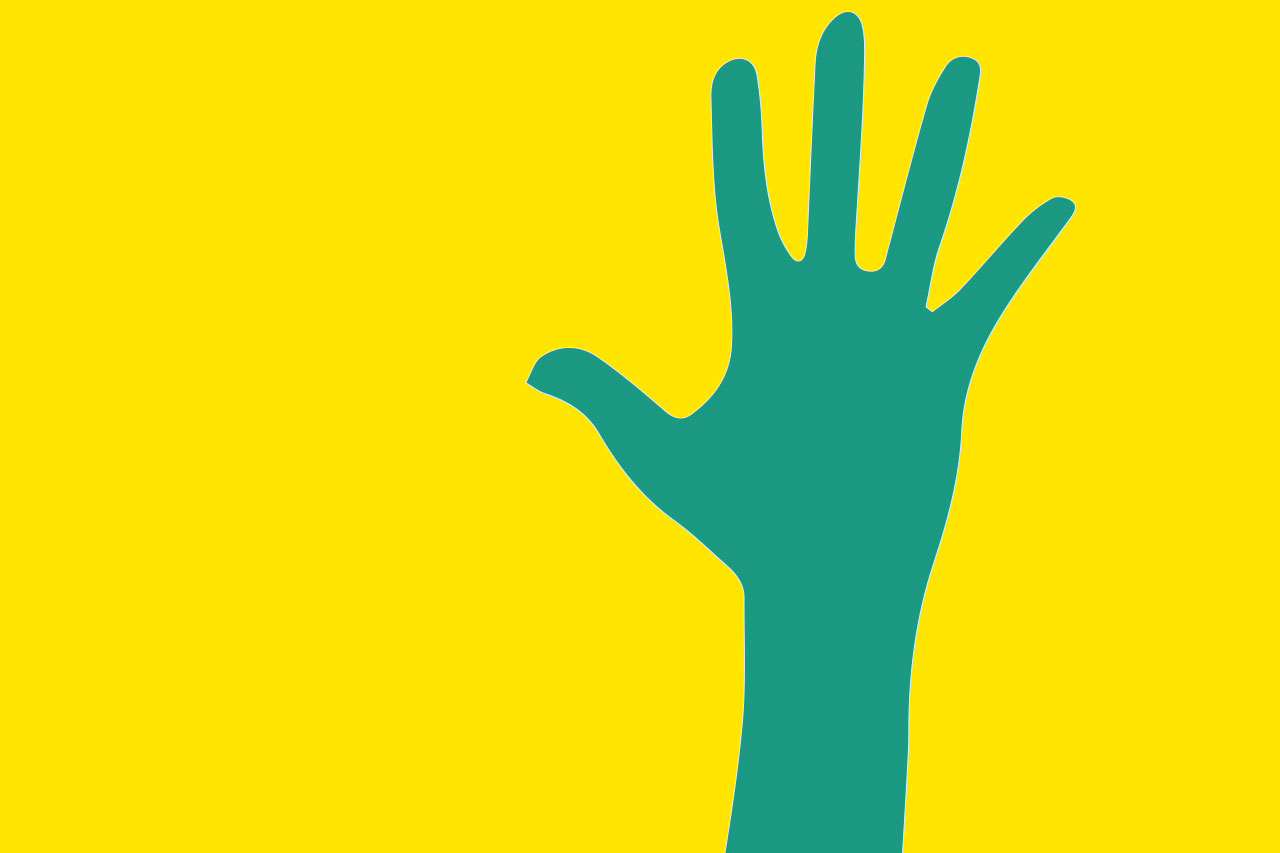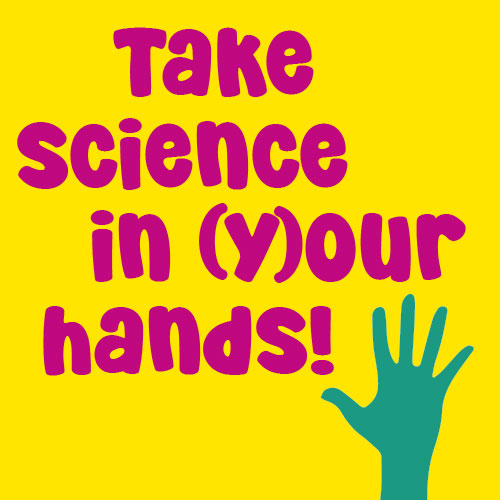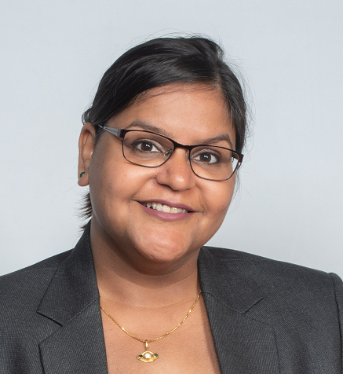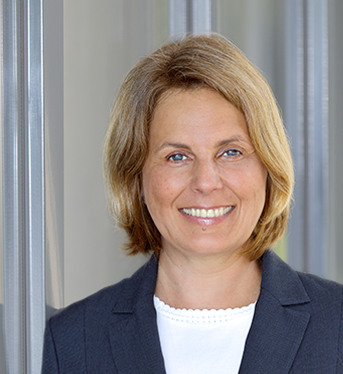![]() Would you like to
have this page translated automatically? Then click on the link below to download data from the external Google Translate Server. Note: Personal data
(e.g. your IP address) will be transmitted to this server. Google Translate now ...
Would you like to
have this page translated automatically? Then click on the link below to download data from the external Google Translate Server. Note: Personal data
(e.g. your IP address) will be transmitted to this server. Google Translate now ...
"Diamond Thinking" (BMBF-Projekt)
The "Diamond Thinking" project was developed in partnership with the University of Stuttgart. With this project, we will develop a service model "DONAU4KIT" to support Diamond Open Access Journals at KIT.
*Disclaimer: The questionnaires are designed to ensure participants' anonymity, and no third party will be involved in the processing the answers.
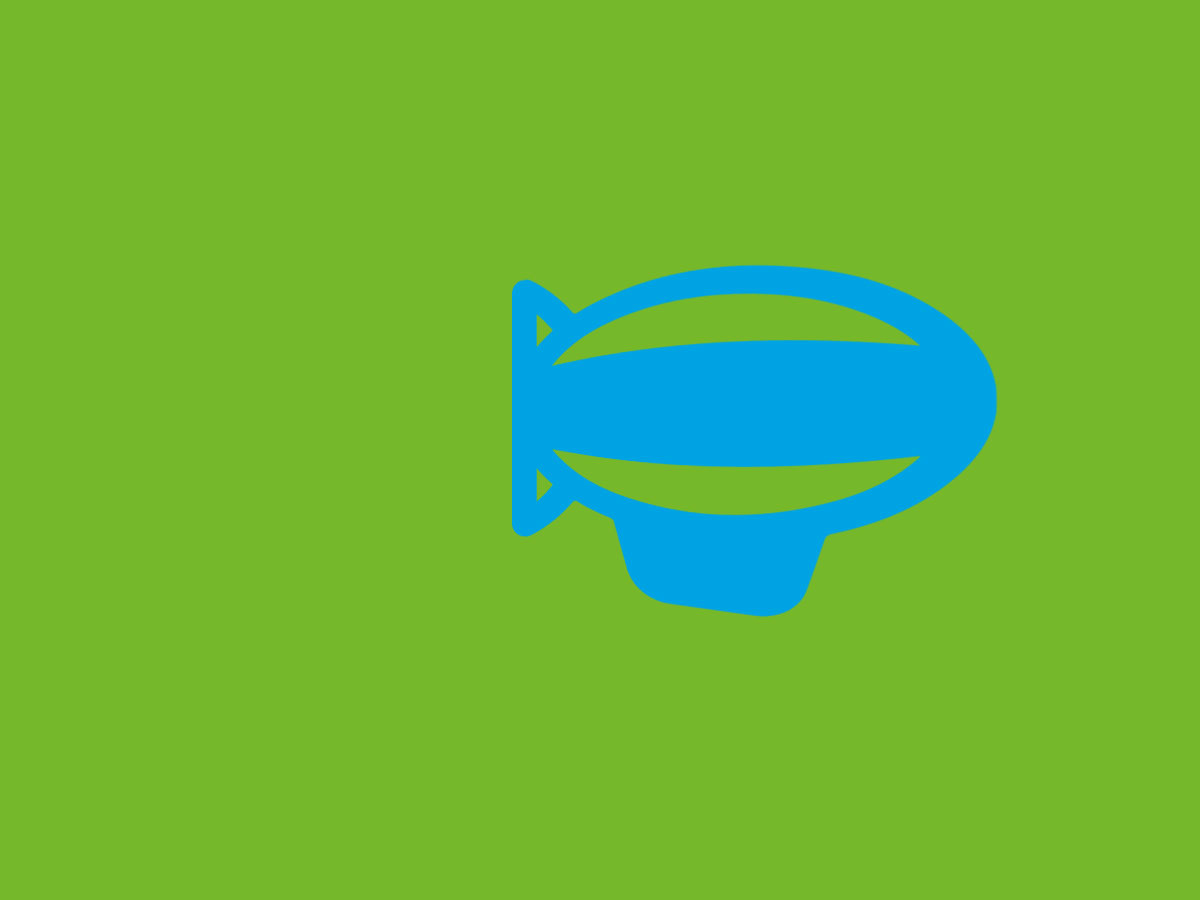
Find out whether you should transfer your existing journal to KIT Scientific Publishing.
Join survey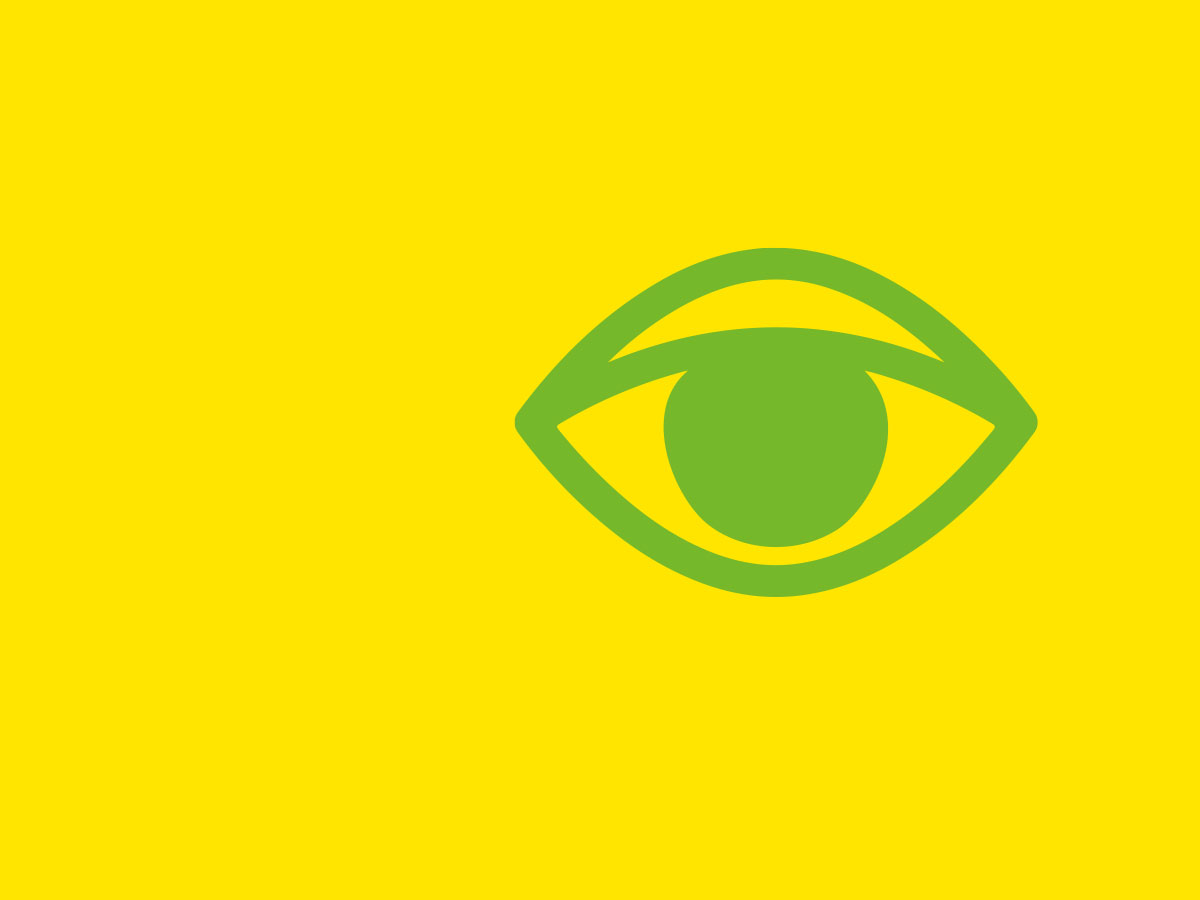
Take a self-assessment quiz to find out if you should start a new journal in open-access format.
Join survey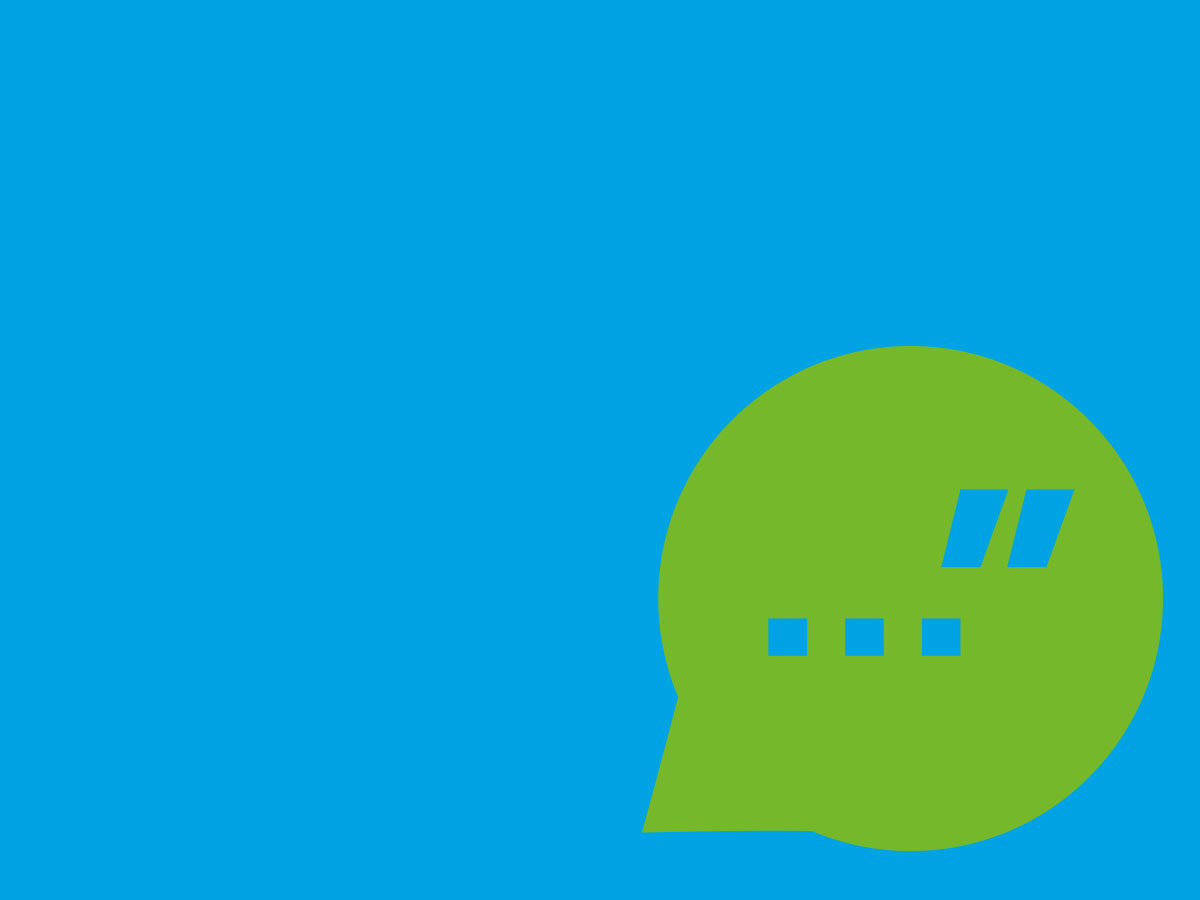
You may use the contact form. We look forward to your message.
to contact formsprungmarken_marker_4420
What is it about?
Funded by the Federal Ministry of Education and Research (BMBF) for the period between September 2023 and August 2025, the project is a step in the direction of making scientific publications easy to publish and access. This transformation aligns with the promotion and strengthening of scholar-led and university-supported practices of scientific publishing. The concrete aims of the project are to assist scientists at KIT (Karlsruhe Institute of Technology) with the foundation of high-quality scientific journals for various disciplines at KIT as well as to support the "flipping" of existing commercially published journals to scholar-led platforms.
To achieve this, we plan to provide a common platform for different stakeholders in the scientific community, such as scientific societies, university presses, and scholar-friendly international publishers. KIT Scientific Publishing, the in-house academic publisher of the KIT Library, co-partners with external scholar-friendly publishers to offer high-quality, cost-effective, and internationally competent standards of infrastructural support, including co-publishing platforms and relevant service expertise in all aspects of scientific journal publishing.
The background to this project lies in the manipulative practices in the field of scientific publication, which are the results of the ever-growing oligopolistic tendencies of the commercial publishers. Profit-oriented publication practices are even more pronounced in the STEM (Science, Technology, Engineering and Mathematics) disciplines to the extent that the rising costs threatens the tong-term sustainability of scientific publication. These challenges and detriments have recently been addressed by the Wissenschaftsrat and Deutsche Forschungsgemeinschaft (DFG). In their published papers, the Wissenschaftsrat (2022) and DFG (2022) issued recommendations, urging research institutions and their partner stakeholders to actively participate in reshaping the system themselves. International scientific associations like cOAlition S (2023), an international association of research funders with prominent support from the EU, have also issued calls firmly in favour of transferring publication practices into the hands of researcher-friendly and scholar-led modes of scientific publications, such as the Diamond Open Access model.Diamond Open Access refers to a scholarly publication model in which journals and platforms do not charge fees to either authors or readers.
Sustainable realization of Open Science
With "Diamond Thinking", we strive to turn the Open Science movement into a reality. The goal is to assist scholars in establishing Diamond Open Access Journals, where authors can publish their high-quality scientific work for free, and readers can access and reuse the content freely under Open Access principles.
To establish these high-quality journals for all major disciplines at KIT, we offer two support models to scholars:
a) starting a journal from the beginning,
b) transitioning their existing journals from commercial publishers to our scholar-friendly, institutionally supported publishing services ("flipping").
The reason for the transition may be many, including the dissatisfaction among editors and authors with the existing pricing and service models of commercial publishing houses, which prioritize profit maximization over effectively open sharing of research output. Often, scientists involved in publishing processes are motivated by the desire to regain control over the content and format of research publication in their disciplines. They aim to (re)claim their decision-making authority by transitioning to in-house infrastructures within their own institutions. In such cases, we are available to support and counsel them with the motto of "science in the hands of scientists".
The Setup Process at KIT
At KIT, the KIT Library has been laying the foundation for its in-house open-access publication infrastructure for over 20 years. KIT already operates a renowned data repository, KITopen, and its own academic publication house, KIT Scientific Publishing. Building on these strong foundations, the previous project expanded to include Open Access publishing at KIT Library.
With the new project, "Diamond Thinking," KSP establishes a new pillar of publishing service by supporting the publication of open access journals. With consultation and support of the KSP, scholars will have the flexibility and freedom to determine journal policies. Furthermore, the daily operations of the KIT Library will be enriched with new range of consulting services.
In the current phase of the project, we aim to connect with KIT’s scholarly community and learn about their expectations of a journal publisher as well as general publishing practices. To involve the scientific community, KSP is introducing two questionnaires in connection with the project “Diamond Thinking”: "To flip or not to flip: Toward Diamond OA Publishing" and "Starting a new Journal: A Checklist".
Our target group for the questionnaires includes professors, university departments, and researchers who already have experience as editors of scientific journals or wish to gain such experience. With the launch of the questionnaires, we aim to:
- Raise awareness about the new service at KIT Library.
- Provide information about upcoming changes in scientists’ publication habits at the international level.
- Pique scientists’ interest in the issue of Open Access publication.
- Understand the campus' sentiments regarding the relevance of these issues.
A step forward
At KIT, the International Association for Hydrogen Safety (HySafe) is flipping its esteemed conference proceedings from Elsevier to KIT's in-house academic publisher, KIT Scientific Publishing. This transition opens up new possibilities, addressing the existing gaps in research publication avenues for issues related to hydrogen safety and broadening the global representation of the discipline. The "flipping" process also involves the expansion of the existing conference series into a new scientific journal, to create a new scientific journal, established in collaboration with co-publishing partner Ubiquity Press and KIT. Going forward, the ultimate objective will be to operate and sustain the journal under the Diamond Open Access model of journal publication.
Our services

- As our ultimate aim is to support the scientific communities in establishing financially sustainable Diamond Open Access Journals, we will provide consultation at KIT Library to choose the best financing models for the scientists by establishing partnership between scientific societies and publishers.
- We aim to optimize, accelerate, and streamline workflows for authors, reviewers, and editors. By alleviating various the stressful and time-consuming steps, we will help scientists save time and focus on what matters: scientific research, discussions, and the global availability of knowledge.
- We offer a high-quality open infrastructure through resources offered by our own in-house publication as well as our co-publishing partners. Our platforms are open, non-proprietary, and sustainable, preventing the emergence of lock-in effects.
- We aim provide multi-layered consulting services and guide our partners in science through all stages of establishing or flipping journals, both processual and procedural.
Would you like to know more?
Contact us using this form, directly write us at diamond ∂does-not-exist.ksp kit edu, or just call us.
We appreciate your interest in Diamond Thinking and will be happy to advise you.
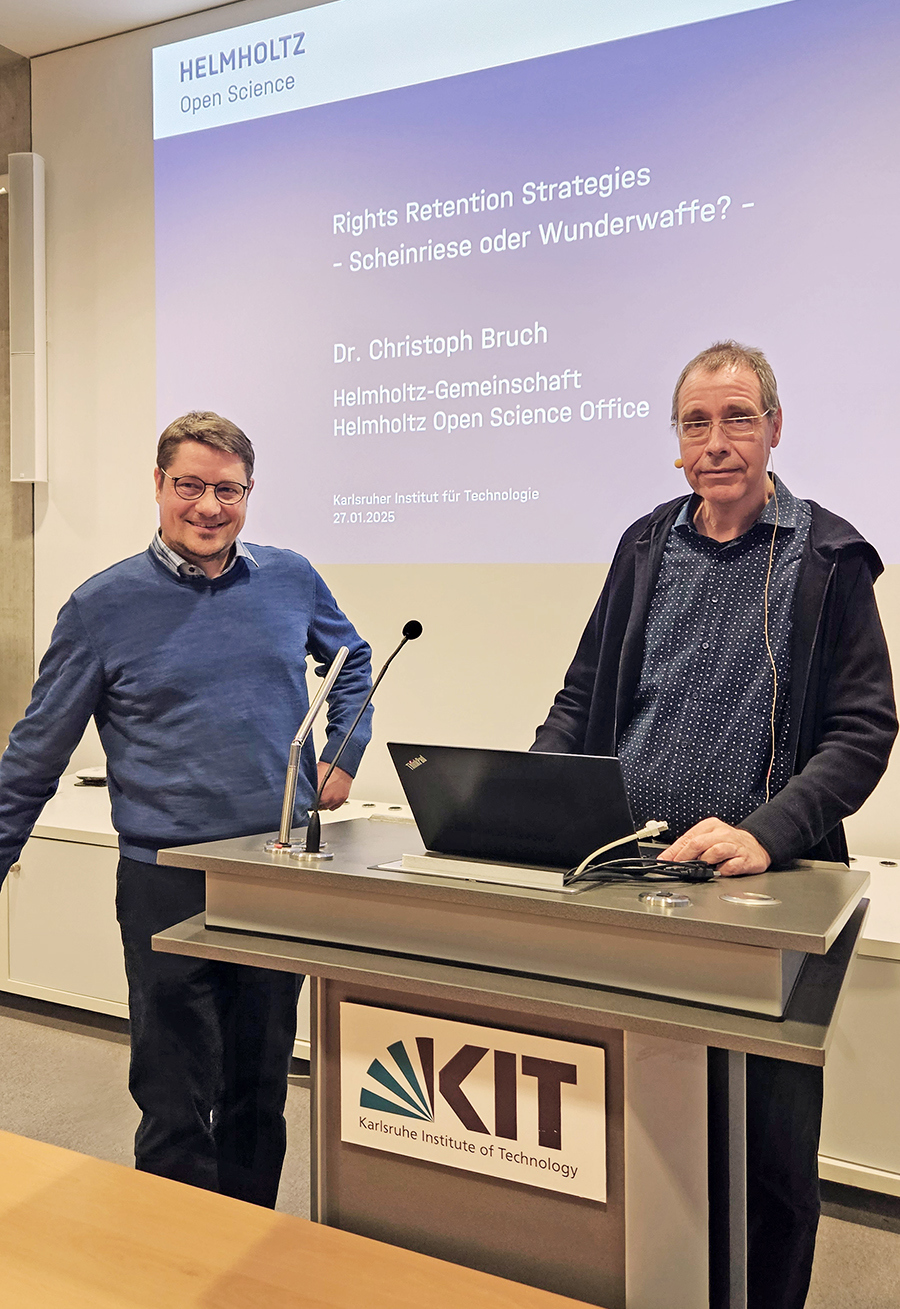
Am 27. Januar 2025 war die KIT-Bibliothek Gastgeber eines Vortrags von Christoph Bruch vom Helmholtz Open Science Office. Im Fokus stand die Frage, ob Rights Retention Strategies (RRS) ein wirkungsvolles Instrument für die Open Access-Transformation sind.
Mehr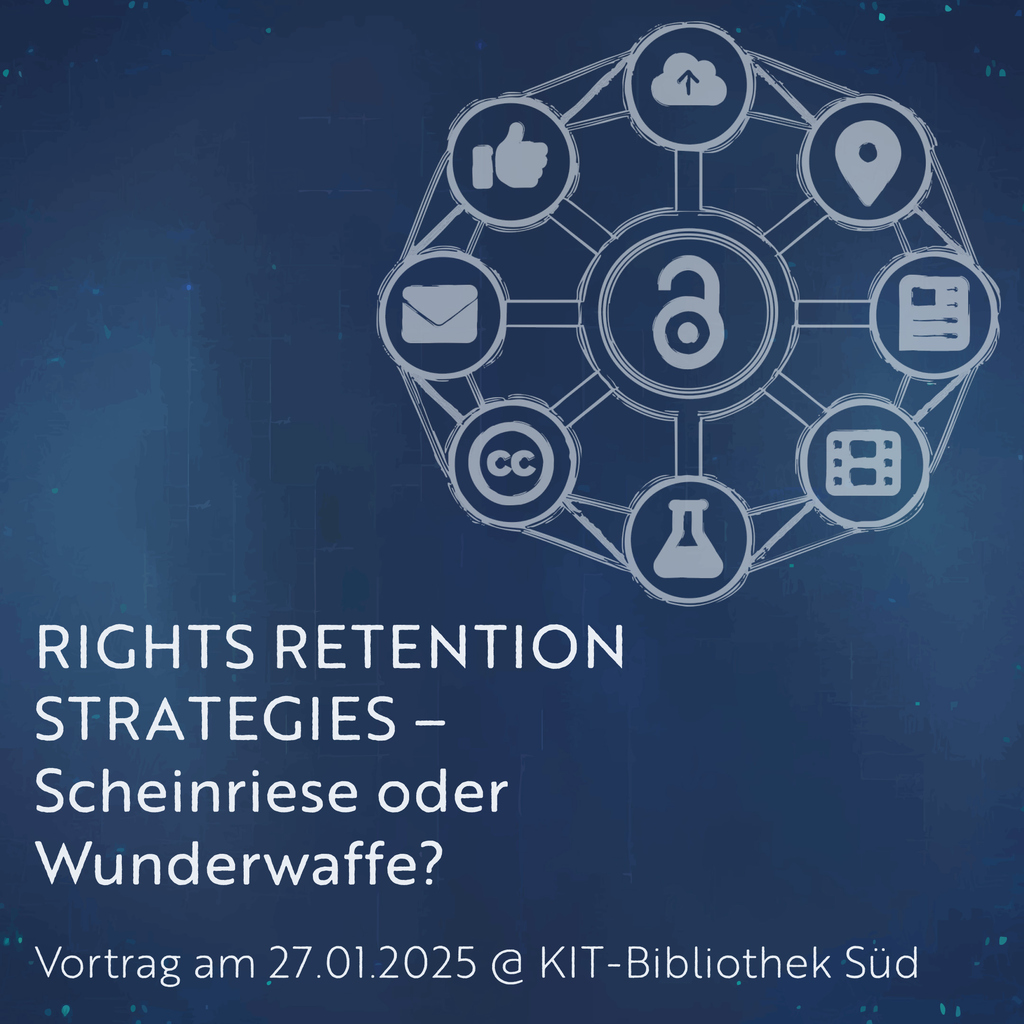
Vortrag von Christoph Bruch vom Helmholtz Open Science Office.
Montag, 27. Januar 2025, um 16:00 Uhr
Vortragssaal der KIT-Bibliothek Süd
Mehr erfahren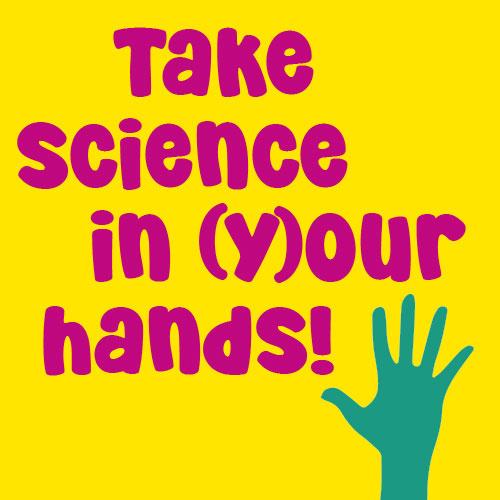
KITdialog beleuchtet in der aktuellen Ausgabe die Relevanz von Diamond Opne Access und zeigt, wie am KIT eine unabhängige Publikationsstrategie entwickelt wird.
zum Artikel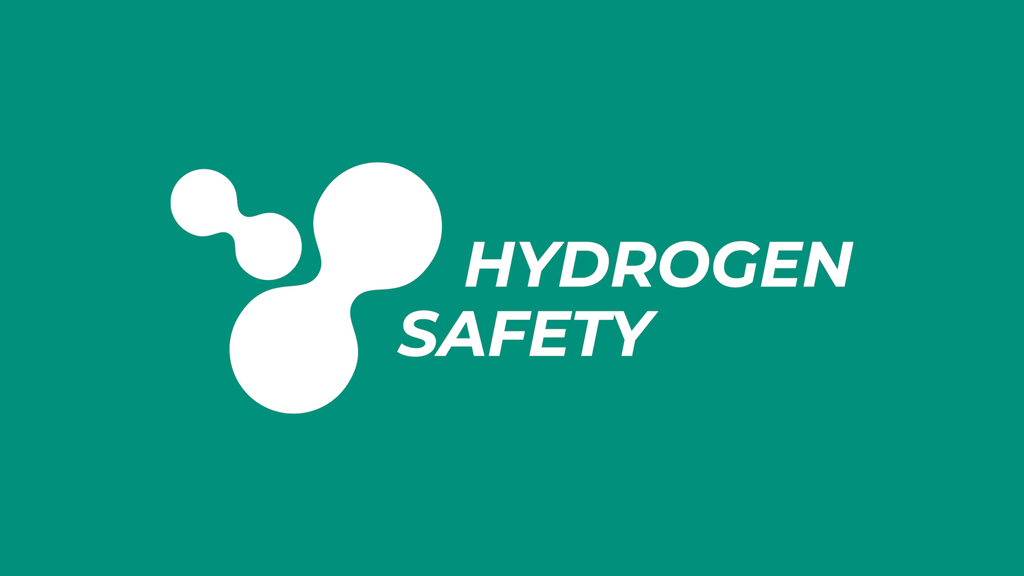
The new international journal “Hydrogen Safety” is now live and ready for article submission and reviewer registration.
Mehr erfahrenReferences
cOAlition S. (2023), Towards responsible publishing: seeking input from the research community to a draft proposal from cOAlition S.
Deutsche Forschungsgemeinschaft | AG Publikationswesen(2022), Academic Publishing as a Foundation and Area of Leverage for Research Assessment.
German Council of Science and Humanities (2022), Recommendations on the Transformation of Academic Publishing.

